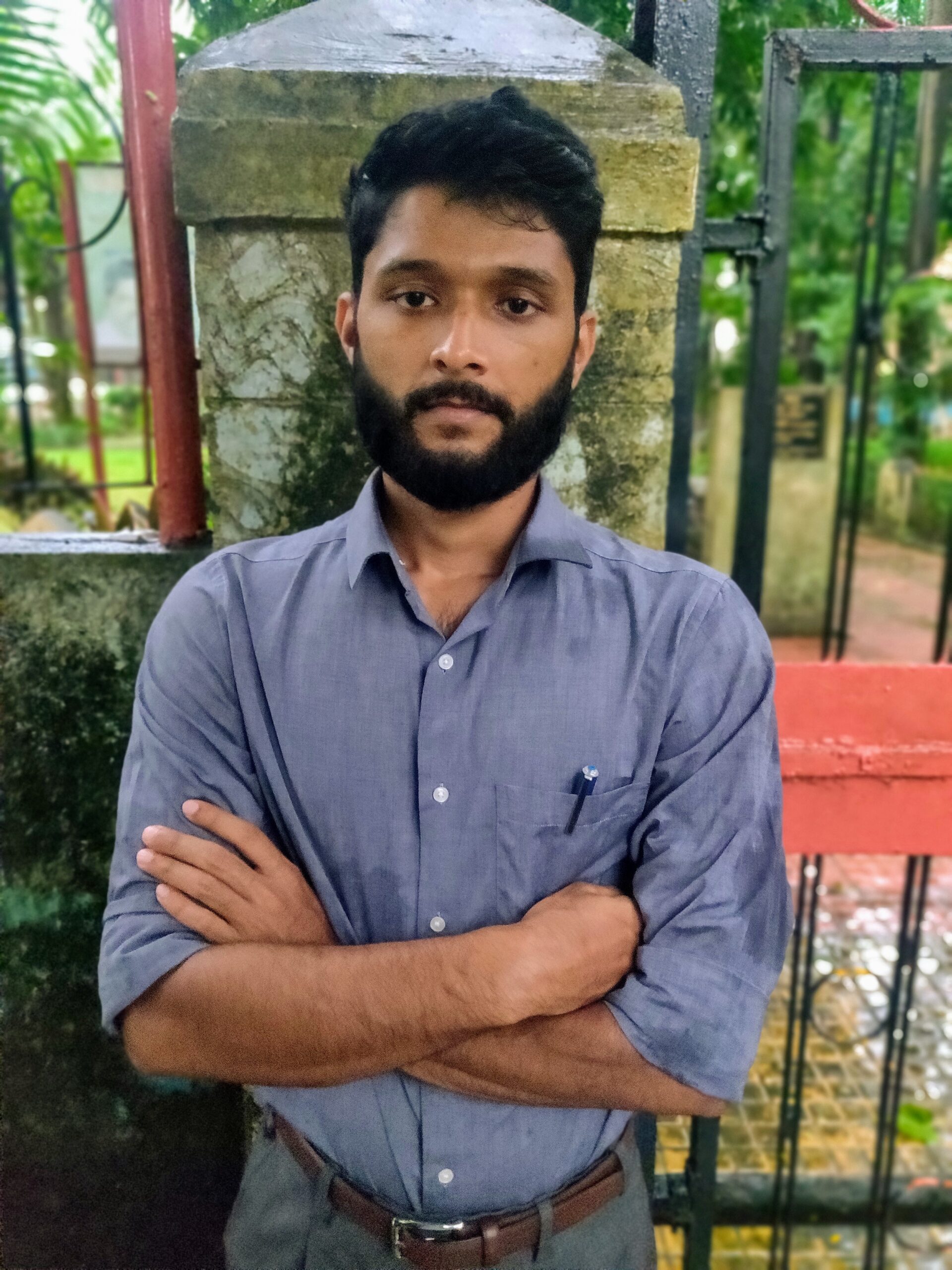‘What is art’ is a serious question, because as with so many things, it’s about you. We have long abandoned the view that art is objective reality. Some believe art follows money, but seeing what Mukesh Ambani’s house looks like, does it really? Is art subjective then? In the eyes of the beholder? The dominant view today on the arts in postmodern humanities is worse: art is historical, and thereby impersonal, as beauty in the eyes of a people of a particular time. A few weeks back, it had its most triumphant moment in the National Gallery, London, when two young activists threw tomato soup at one of van Gogh’s paintings of sunflowers.
‘What is worth more, art or life?’ they asked, ‘Is art more important than justice or food?’ and glued their hands to the gallery wall. The activists, part of the Just Stop Oil climate action group funded by philanthropist Aileen Getty, granddaughter of an oil magnate herself, had chosen life, and as global warming is upon us, they urge that we should too.
The attack was in a way inevitable, not for what van Gogh had to do with a humanitarian crisis, but because of what activism had to do with art. In the postmodern view, art is ordinary, and so it’s no sacrilege to deface it, least of all when it is a statue of a slave trader or a poem by a womanizer. Art had long become expendable after the #MeToo movement, when feminists decided that great art could not excuse terrible artists, a view that has now become so entrenched in publishing houses, editors have long renounced traditional duties to the arts—that so long as a book is good, it deserves to see the light of day. We live in a world where the creative impulse manifests more and more for the moral imperative of activism, which is the most flourishing art form in the world now, and in its quest to make the world a better place it offers an endless store of purpose. There is so much to set your zeal to – from emancipating Dalits and women, to encouraging men to express their feelings, the flaws of the world are innumerable. And it’s instantly, immensely gratifying, simply by participation.
The postmodern view that consumed the liberal arts over the last five decades started out by gnawing at the very root of our being, especially Enlightenment principles on personhood such as self-knowledge, individuality, and rational thinking. It is some magic that this very insecurity in selfhood would lead to the world’s current obsession with identity and psychotherapy, and a thriving wellness industry. Among gender studies professors, selfhood is a prickly topic: if a woman is simply a performance of cultural influence, what does it mean to protest for women’s rights, or make art or write a novel as one? For perspective, in Spain in 2018, writer Carmen Mola, who was hailed as a feminist sensation and who won the richest literary award in the world (€1,000,000, Premio Planeta de Novela), turned out to be three middle-aged men, leading one to think: how unique is identity?
This schizoid thinking has influenced other facets of life as well: for instance in the experience of pain. The current definition of PTSD according to the Diagnostic and Statistical Manual of Mental Disorders is so qualitative that anyone could be a victim, whereas earlier it was a condition that afflicted twenty just per cent of war veterans. In other words, that either everyone suffers PTSD or no one actually does, with the former being more tempting: everyone is a hero. The case of the arts is also the same: everyone is an artist. And if the art itself has no special value as its old gatekeepers in publishing houses and arthouses deem it, it must gain it by a form of social utility. Thus, we get art with a moral charge—art by the marginalised.
The activists are right, however. Art is helpless in front of life. This is why the high-church poetic mood of a line like ‘there’s my lantern heart’ is a bit ridiculous when you consider the drudgery of a day: the dishes in the sink, the laundry, the rent, the horrid neighbour whom you have vowed to set right, feigning interest in what your colleagues say – art’s very making elbows against life, for one has to make room for that lantern heart in a gruelling day.
Curiously, few embodied this struggle between life and art more than van Gogh did. Living among coal miners, poor potato farmers, prisoners and shoemakers, he saw how easily art could be defeated by life. The coal miners, he said in one of his letters to his brother Theo, worked fast because they feared the collapse of the mine; in a way how van Gogh himself painted fast because he feared his imminent madness: ‘It drives me to work and to seriousness, as a coal-miner who is always in danger makes haste in what he does,’ he wrote. But Gogh had an almost crazed endurance in the face of life, which was so bad at times it was hilarious, something Malayalis humorously call ‘gathiked’. For instance, when he couldn’t pay his models, he painted himself, and that’s how most of van Gogh’s self-portraits came to be. His sunflowers were painted a good ten years after he first visited the mines. This is why the tomato soup hurled at his work may have sullied precious life itself. Importantly, art for van Gogh meant something very different from that for the activists: even if we survive the Climate Crisis, to some like van Gogh, who paint fast, only art would make it worth living.
Disclaimer: The views expressed in the article above do not reflect the political, cultural or social views of the publication, or any of its individuals editors.
Image: Vincent van Gogh by André Schaller, 1962 | Source: Wim van Rossem for Anefo, CC0, via Wikimedia Commons
In February 1962, the statue of Vincent van Gogh was unveiled on the Museumplein near Honthorststraat. The Vincent van Gogh Museum on the square only came into existence much later, in 1973. Vincent stands proudly upright, sunbeams and birds wreathe his head. like a halo. At his feet a miner, sunflowers and a woman gleaning.

Joseph Antony is an investment banking professional from Mumbai. Previously, he was an editor with HarperCollins India and Penguin India. He has written on cinema and culture for various magazines and newspapers. A love of literature and a game of football in the evening make his life bearable.

